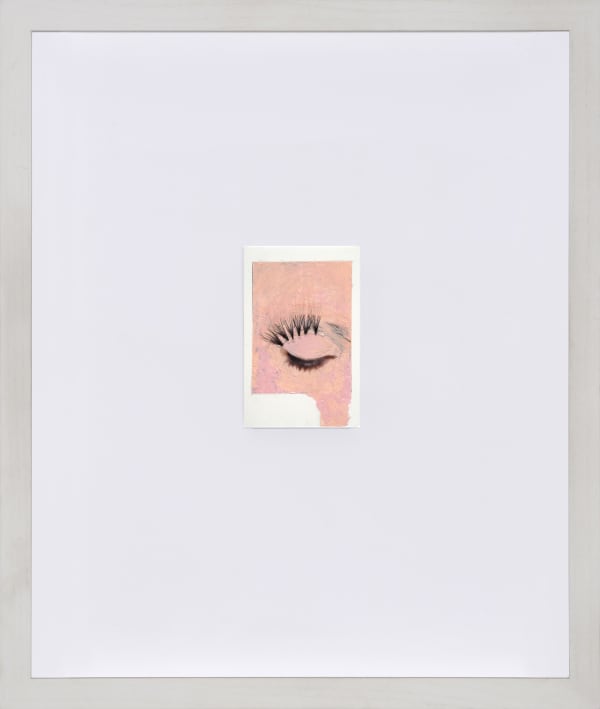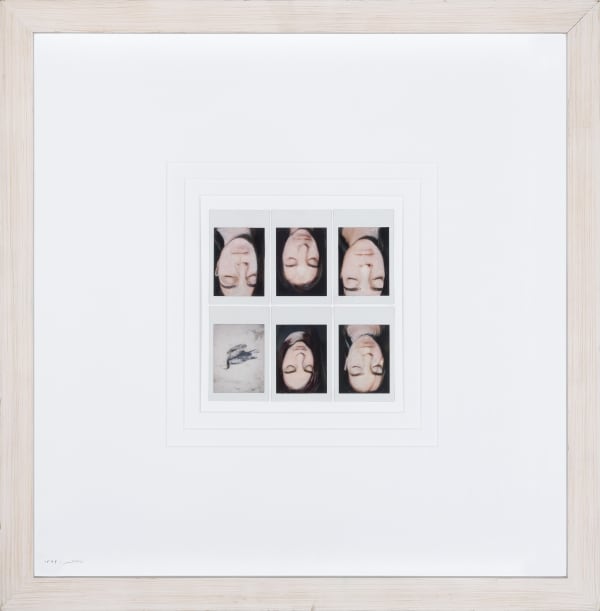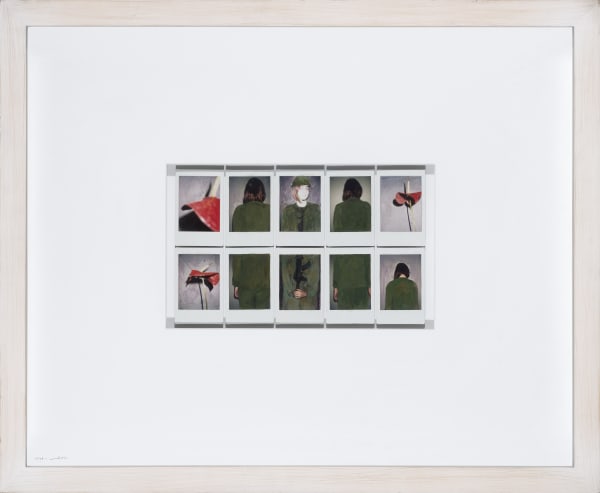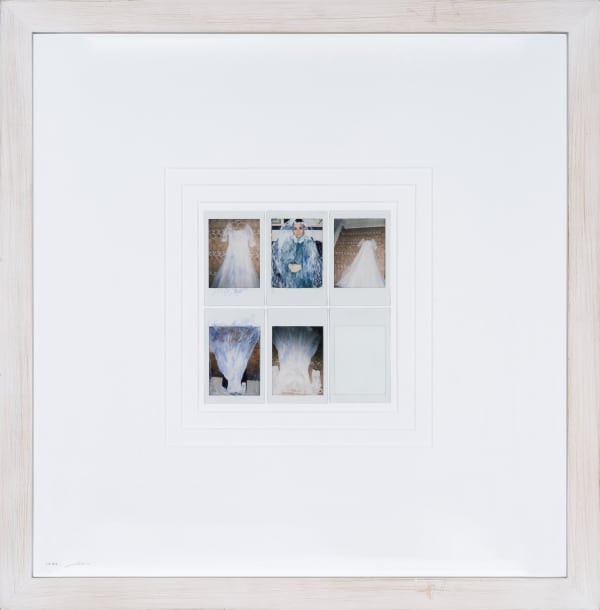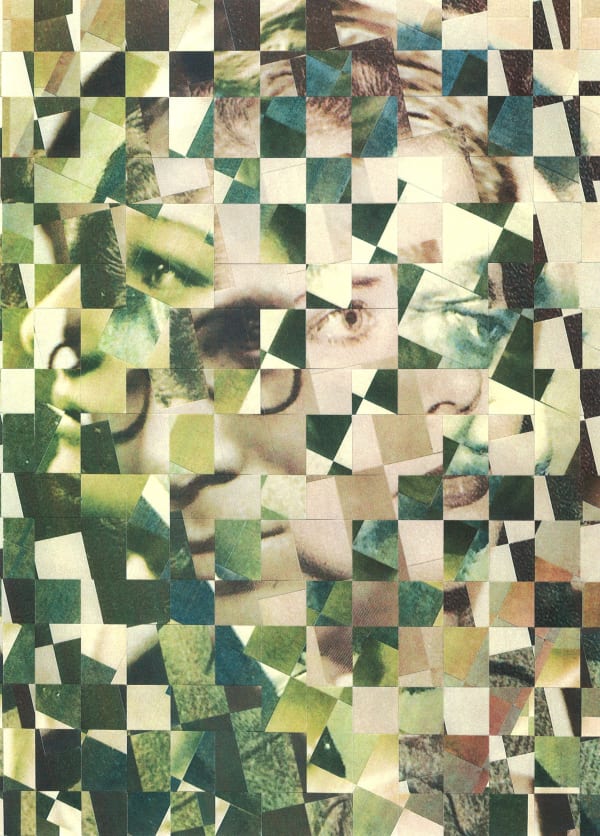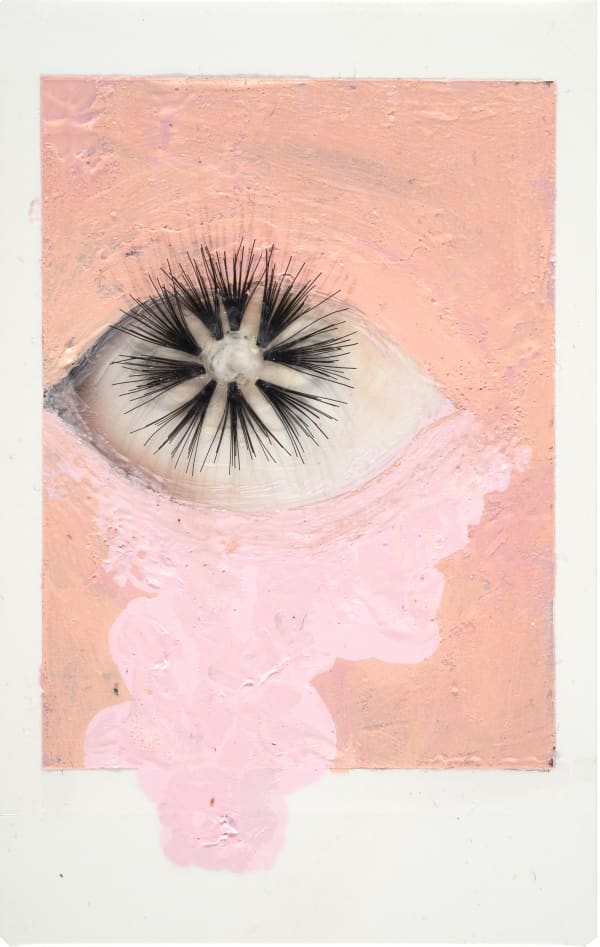Mona JanMohamadi
-
 Mona JanMohamadi, EYE, 2019400.00
Mona JanMohamadi, EYE, 2019400.00 -
 Mona JanMohamadi, EYE, 2019400.00
Mona JanMohamadi, EYE, 2019400.00 -
 Mona JanMohamadi, EYE , 2019400.00
Mona JanMohamadi, EYE , 2019400.00 -
 Mona JanMohamadi, EYE, 2019400.00
Mona JanMohamadi, EYE, 2019400.00 -
 Mona JanMohamadi, EYE, 2019400.00
Mona JanMohamadi, EYE, 2019400.00 -
 Mona JanMohamadi, EYE, 2019400.00
Mona JanMohamadi, EYE, 2019400.00 -
 Mona JanMohamadi, EYE, 2019400.00
Mona JanMohamadi, EYE, 2019400.00 -
 Mona JanMohamadi, EYE, 2019400.00
Mona JanMohamadi, EYE, 2019400.00 -
 Mona JanMohamadi, Instant Photos and Absolute Development, 2015750.00
Mona JanMohamadi, Instant Photos and Absolute Development, 2015750.00 -
 Mona JanMohamadi, Instant Photos and Absolute Development , 2015750.00
Mona JanMohamadi, Instant Photos and Absolute Development , 2015750.00 -
 Mona JanMohamadi, Instant Photos and Absolute Development, 2015750.00
Mona JanMohamadi, Instant Photos and Absolute Development, 2015750.00
Mona JanMohamadi's photographs center around representations of perceived realities. She approaches these by painting directly onto polaroid prints to prolong her engagement with the subject matter, aiming to focus on the sense perception which in turn allows us to understand the connection between the recollection of a lived experience and the representation of that moment recorded in a particular snapshot. By sometimes overlaying, sometimes obscuring and sometimes adding elements to the content of the instant photographs, she explores a way of telling personal stories which is intimate and distant at the same time. The ongoing interaction between the painting and photographs produced a more painterly effect of instant photographic images.
Born in Tehran, Iran
Lives and works in Tehran, Iran
EDUCATION
2019-Present MA Painting, Sooreh Art University, Tehran, Iran
2005-2009 BA Painting, Azad University of Art and Architecture, Tehran, Iran
SOLO EXHIBITIONS
2019 Painting, 009821 Gallery, Tehran, Iran
2016 Painting, Homa Gallery, Tehran, Iran
2011 Painting, Homa Gallery, Tehran, Iran
GROUP EXHIBITIONS
2020 Photogenic, Soo Contemporary, Tehran, Iran
Shabtab(7), Azad Art Gallery, Tehran, Iran
2019 Faces, Homa Gallery, Tehran, Iran
2018 Summer Collection, Homa Gallery, Tehran, Iran
2017 Drawings & Paintings, DD Museum, Izadshahr, Iran
2016 Art for Autism, Niavaran Cultural Complex, Tehran, Iran
The 19th annual montakhabe-e Nasl-e No, Shirin Art Gallery, Tehran, Iran
2015 Drawing week, Homa Gallery, Tehran, Iran
2014 Zoo, Shirin Art Gallery, Tehran, Iran
2013 Drawing, Mohsen Gallery, Tehran, Iran
Drawing week1, Homa Gallery, Tehran, Iran
Oxygen, Iranian Artists Forum, Tehran, Iran
2012 Turemina, Khorshid Gallery, Lavasan, Iran
Drawing, Laleh Art Gallery, Tehran
The First Painting & Sculpture Annual Exhibition, Iranian Artists Forum,Tehran
Painting Exhibition, Siin Art Gallery, Tehran
2011 Drawing Exhibition, Parking Gallery, Tehran
Drawing Exhibition, Azad Art Gallery, Tehran
13*18”, Etemad Art Gallery, Tehran
2010 Painting Exhibition, Mahe Mehr Gallery, Tehran
2009 Drawing Exhibition, Mohsen Gallery, Tehran, Iran
Painting Exhibition, Homa Art Gallery, Tehran, Iran
2008 Painting Exhibition, Homa Art Gallery, Tehran
Painting Exhibition, Sondouzi Museum, Tehran
Painting Exhibition, Anahita Art Gallery, Tehran
PUBLICATIONS
2019 Shahrouz, Nazari, Represent Absolute Development, (Iran: Tabl Research
and Experiment, 2019)
REVIEWS
A Window to be Seen Through
Arman Khalatbari
Self-portraits are one of the most intense forms of exchange between artists and viewers. An adversarial dispute, empty of trust, in which an image that is presented as undeniably true is disputed by the viewer who attempts to discover something within its hidden layers. Among all forms of media, photography is where this challenge happens more than most. This medium, even in its least factual form has a pretense of honesty and truth, any form of deformation brings about a suspicion of a fake narrative. All these elements lead to a complex and interesting relationship in which the artist knowingly hides her ideas and intentions under layers in the work, so that the viewer who succeeds in deciphering these references, interprets them as a discovered truth beyond the artist’s intentions. Something similar to a voyeuristic game in which both sides are aware of the other’s presence, but each tries to control the relationship to their benefit. Mona JanMohamadi’s latest series, “Instant Photos and Absolute Development” is expressive of such a condition. This series is composed of Polaroid photos and painting techniques used to contradict the factual quality of the picture and to present a mental narrative of the artist, who before this also used collages to present narratives. The difference between this series and her previous works is their setting and focus on the identity of the artist herself. This is a deliberate choice that is developed further in its relationship with the viewer. The images are taken in a personal setting, without fear of the “other’s” gaze, and then purposefully mixed with other media. What is more important here than the artist’s technical expertise or narrative, is her selection of a particular type of photography and her interactions with it. Because of their nostalgic quality and the uniqueness of each image, Polaroids are often viewed as precious, yet readily available items. From the time of its invention until now (the age of digital cameras), Polaroids have had a unique, particular characteristic. The fact that Polaroids don’t require a third party to print, and the fact that no negative or digital file remains of the taken photo, gives one the sense of security to freely record the most intimate moments. The printed photo is all that remains and its destruction erases the entire episode. By taking advantage of these qualities, JanMohamadi forces the viewer to interact with her created work. The small size of the works and the layers of color that cover them, on the one hand, create a personal narrated setting, and on the other hand force the viewer to focus on the pictures from a closer distance, and thus subconsciously interact with them on a different level trying to seek something behind the layers of paint. The use of a woman as subject matter increases this sense of curiosity and activates the imagination. This relationship is increased through the white border of the Polaroids and the vagueness of the recorded setting as if the viewer is looking through a window frame at a private world. The glass over the picture acts as a boundary between viewers and the work, underlining their distance; while the reflection of the viewer on the glass emphasizes the voyeuristic aspect of this experience. In this sense, the artist’s photographs invite the viewer to observe the unseen. The artist has predetermined what is present and what is hidden in these images, and a discovery of the unseen is merely a delusion to affect the viewer. This maneuver is a common occurrence in contemporary Iranian art and also has roots in history: a language of references and innuendo to move beyond limitations. Mona JanMohamadi’s paintings/photographs are the most successful in their technical expression to date. By continuing on this path she will undoubtedly be able to create a more personal language.
Mona in Wonderland
Ali Bakhtiari
Mona’s paintings add an otherworldly layer to her straightforward, factual Polaroids. The final work, composed of photographs and paintings, gives these images a new identity. It is as if the final images are mysterious, fantastical settings, drawn from the artist’s daily life. The importance of these images is the contrast between the fantasies they depict and the factual quality of their original medium (photographs). Using multiple layers to create a placeless, timeless setting, a woman is depicted floating in space, reimagining popular stories (The Turtle and the Ducks), films (woman–rabbit – Inland Empire), and typical characteristics of femaleness (bridal gowns, hanging out with friends). The multiple-dimensionality of the images creates singular or plural narratives within them that are worthy of consideration.
-

Can You See Me?
67 York Street | Marylebone | W1H 1QA 3 - 13 Jul 2024Daa Art Gallery is delighted to present their next show ‘Can You See Me?’ held at 67 York Street, Marylebone, W1H 1QA, on from the 3rd till the 13th of...Read more -

Improbable Encounters
Memory, Hybridity, and Displacement 8 Mar - 20 May 2022Our first exhibition aims to create space for new and emerging artists living and working in Iran and the United Kingdom in what we hope will be the first step towards a generative dialogue and critical conversation between the artists in question, as well as the two wider artistic communities. For far too long engagements of this kind have found themselves overshadowed and obscured by high politics, impenetrable borders and media sensationalism.Read more


